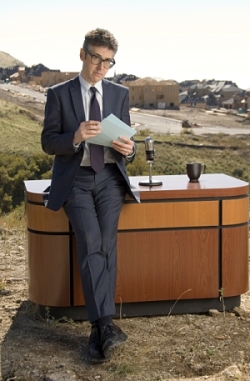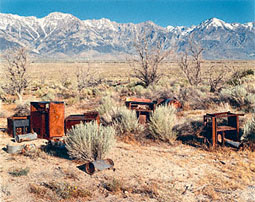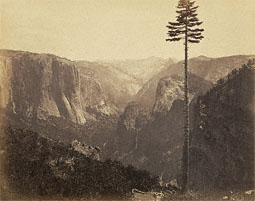Hey there everyone, I just spoke with my aunt about personal liability insurance. Steven recommended I blog this information.
As I mentioned in class, my personal liability insurance is tagged onto my renter's insurance, for which I pay $13.50 per month. For the personal liability insurance portion of my plan there is no deductible. Meaning, if I were to be out in the field with the camera, and, due to my own personal negligence, drop the camera off a ten foot wall, 100% of the value of the camera would be covered. But, if we were to have the camera, and another group member (or total stranger for that matter) were to damage the CSULB property, my insurance would not cover it. In addition, if the camera were in my apartment, and someone were to steal it, it would not be covered by my renter's insurance because I do not own it.
My aunt recommended that if people want this sort of insurance, it is more cost effective to tag it onto a renter's insurance or auto insurance policy (to just get in individually is about $10 or $11 per month--I think). She recommended people in the class to call their local insurance agent (State Farm, etc.), or, they can call her office to write up a policy through Driscoll & Associates, which is located here in Long Beach (technically Signal Hill). My aunt's name is Carleen Armstrong.
Driscoll & Associates
3150 E. Willow Street
Signal Hill, CA 90755
Phone: 562.595.5355
Fax Number: 562.427.6069
I hope this helps! Personal liability insurance is kind of cool to have. For example, if I were to be shopping in a store, and break a large and expensive vase, it would be covered. Another example my aunt gave was that if I were have a dinner party and serving a walnut salad, in the case of someone chipping a tooth on a walnut shell, their damage would be covered by my liability insurance.






























